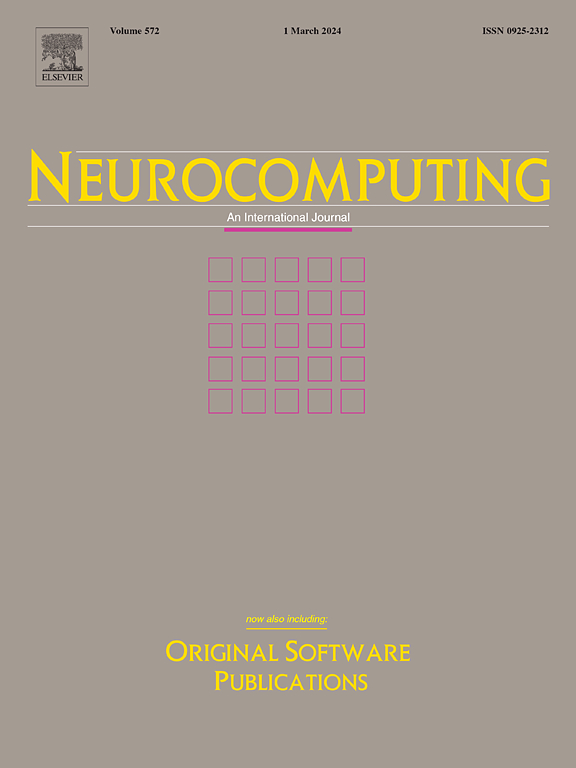图像超分辨率的扩散模型:现状和未来方向
IF 6.5
2区 计算机科学
Q1 COMPUTER SCIENCE, ARTIFICIAL INTELLIGENCE
引用次数: 0
摘要
单幅图像超分辨率(SISR)任务由于在许多任务中的广泛应用而受到了广泛的关注。该SISR的进展主要基于深度学习方法。近年来,人们开发了许多基于扩散模型的方法来解决SISR任务。基于扩散的模型的性能取决于许多因素,如扩散类型、噪声调度和损失函数。基于这一限制,我们对目前最先进的扩散模型,特别是为sr开发的扩散模型进行了综述。在本调查中,基于sr的扩散模型基于四个指标进行分类,即扩散模型类型,噪声时间表,损失函数和使用的数据集。然后,我们讨论了每个度量的主要类别以及与每个类别相关的发展扩散模型。除了其他扩散模型外,还考虑了三种主要的扩散模型类型,包括去噪扩散概率模型(DDPM)、噪声条件评分网络(NCSN)和随机微分方程模型(SDEM)。最后,我们讨论了这些扩散模型的局限性,并对该领域的未来研究进行了展望。本文章由计算机程序翻译,如有差异,请以英文原文为准。
Diffusion models for image super-resolution: State-of-the-art and future directions
The single image super-resolution (SISR) task has received much attention due to the wide range of applications in many tasks. The progress in this SISR is mainly based on deep learning methods. In recent years, many methods have been developed based on using diffusion models to solve the SISR task. The performance of the diffusion-based model depends on many factors, such as the type of diffusion, noise schedule, and loss function. Based on this limitation, we developed a review paper about the state-of-the-art diffusion models, especially ones that were developed for SR. In this survey, the SR-based diffusion models are classified based on four metrics, namely the diffusion model type, the noise schedule, the loss function, and the used datasets. Then, we discuss the main categories in each metric and the developed diffusion models related to each category. Three main diffusion model types are considered, including denoising diffusion probabilistic models (DDPM), noise-conditioned score networks (NCSN), and stochastic differential equations models (SDEM), in addition to other diffusion models. In the end, we discuss the limitations of these diffusion models and show our expectations for future research in this domain.
求助全文
通过发布文献求助,成功后即可免费获取论文全文。
去求助
来源期刊

Neurocomputing
工程技术-计算机:人工智能
CiteScore
13.10
自引率
10.00%
发文量
1382
审稿时长
70 days
期刊介绍:
Neurocomputing publishes articles describing recent fundamental contributions in the field of neurocomputing. Neurocomputing theory, practice and applications are the essential topics being covered.
 求助内容:
求助内容: 应助结果提醒方式:
应助结果提醒方式:


